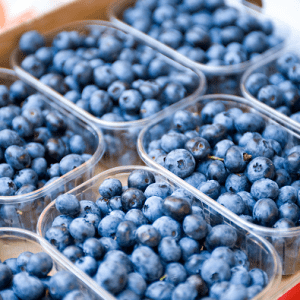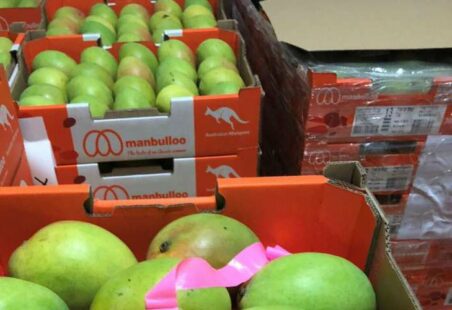July 24, 2024 • orchardtech_qt32n4

One of the regions in Peru that produces and exports the most blueberries is La Libertad. According to the Ministry of Foreign Trade and Tourism, even its strong performance during the first four months of the year helped counteract the decline in other items including gold, fishmeal, avocados, and asparagus. Determining the precise time that the vast blueberry harvest should start presents a significant challenge for the farmers of this sour fruit, which is highly prized around the world. Agro-industries suffer significant economic losses as a result of prediction errors. Due to this, the Antenor Orrego Private University (UPAO) Labinm Robotics team is creating a robot prototype that allows sampling blueberry clusters and, using artificial intelligence and algorithms, determining the quality of the sample. The cost of workers and equipment still needs to be assumed, which is why we chose to construct this prototype and offer answers. “Agroindustries have their harvest estimates and based on that they recruit many people for this period, but when the calculations fail, they have to wait,” he stated. Labinm Robotics’ chief investigator is Sixto Prado Garini. The expert explained that the prototype, which is still being developed in the lab, has four motorised wheels that are driven by electronic cards that are calibrated, programmed, and supplemented with additional cards based on how much power each of these components uses. For instance, if a bush has 5,000 blueberries, the robot will estimate that 40% of them will be ready for harvest in a week and the remaining 60% in a week and a half. In this manner, samples are taken from the crop field, and the results are extrapolated. Because we are providing it industry 4.0 qualities, the information is provided via a web or satellite application, and it is sent to the company’s managers so they may determine whether to recruit the staff, she explained. Prado Garini ensures that the technological initiatives he directs do not seek to replace labour but rather to complement and transform it for the benefit of the industry. This project began in February 2021 and should be completed in December 2023. It is also executed with funds from Concytec for a value of S/ 200,000.MOST VISITED
HORTICULTURAL NEWS CATEGORIES

According to Rabobank’s Australian Dairy Industry: At an Important Junction report, having reached record-breaking profitability after a “rollercoaster ride” for the past decade, the Australian dairy industry is at “a critical juncture.” It claims that Australia’s dairy industry has made a spectacular comeback, owing to favourable seasonal conditions, high farmgate pricing, and a shift in […]
Read More →
As the economy worsens, Chris Fiander, Marketing Manager of the Westpak Group in the United Kingdom, considers whether customers and merchants will continue to prioritise ecologically sustainable products and packaging. “Spiraling energy costs, rising company production costs, reduced consumer spending, and soaring inflation are all taking their toll on consumers and businesses alike.” This economic […]
Read More →
A mango grower in north Queensland is offering customers the chance to enjoy their fruit and beverage at the same time, and all for a good cause. In order to offer a meal for someone experiencing food insecurity, Manbulloo Mangoes and Local Brewing Co. of Melbourne have partnered to produce a mango sour. A portion […]
Read More →